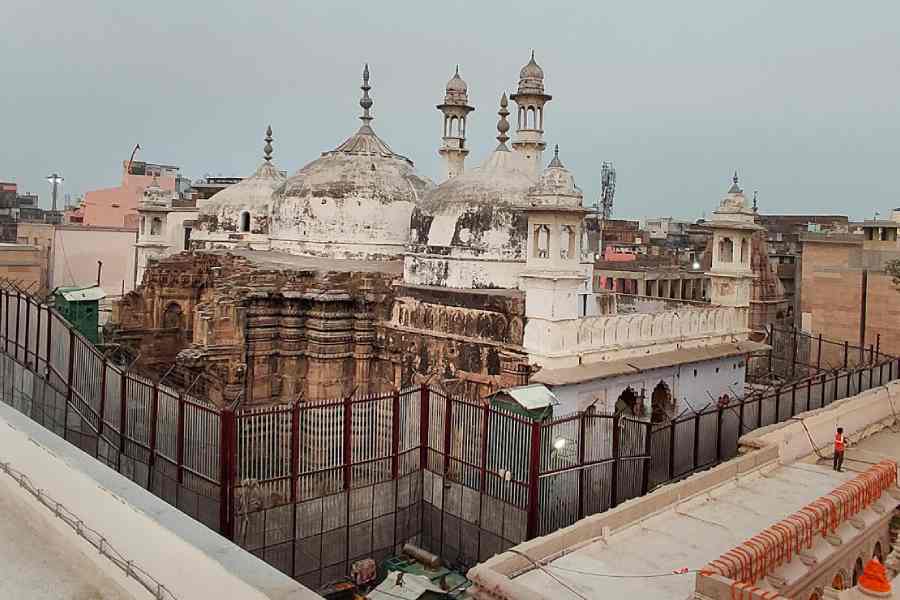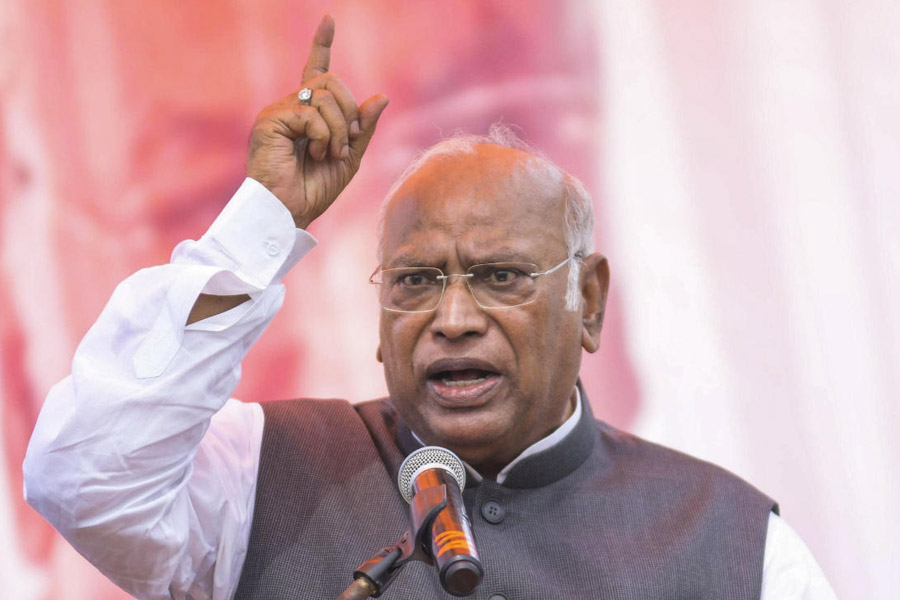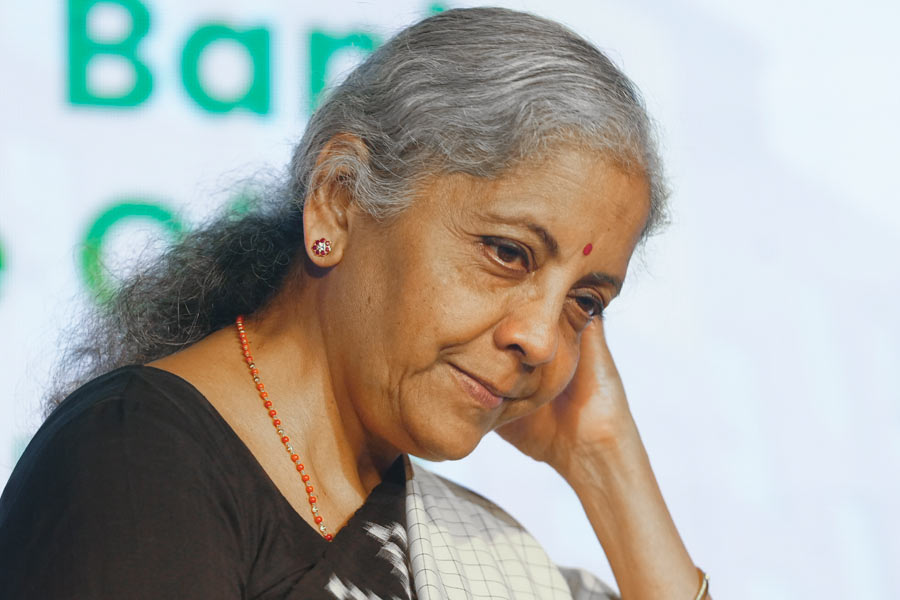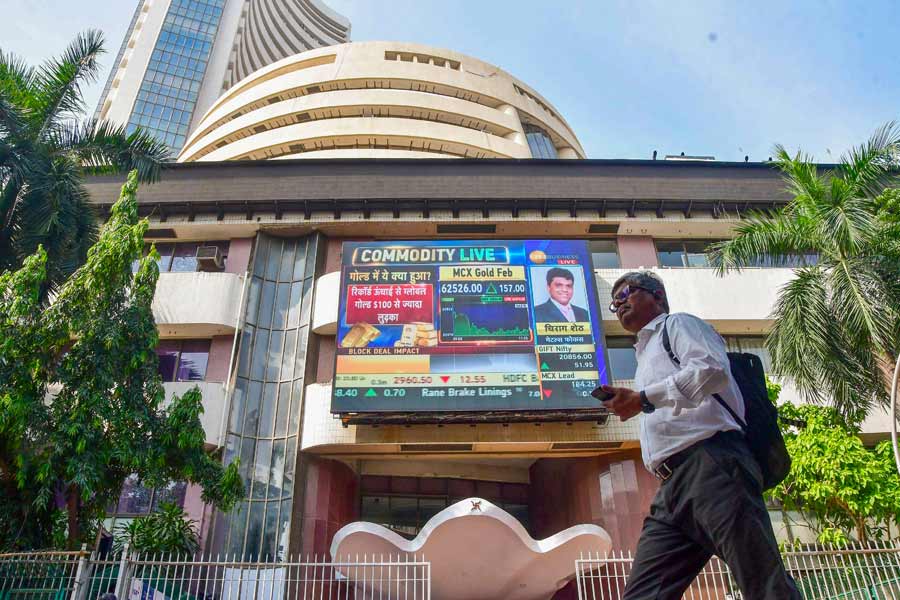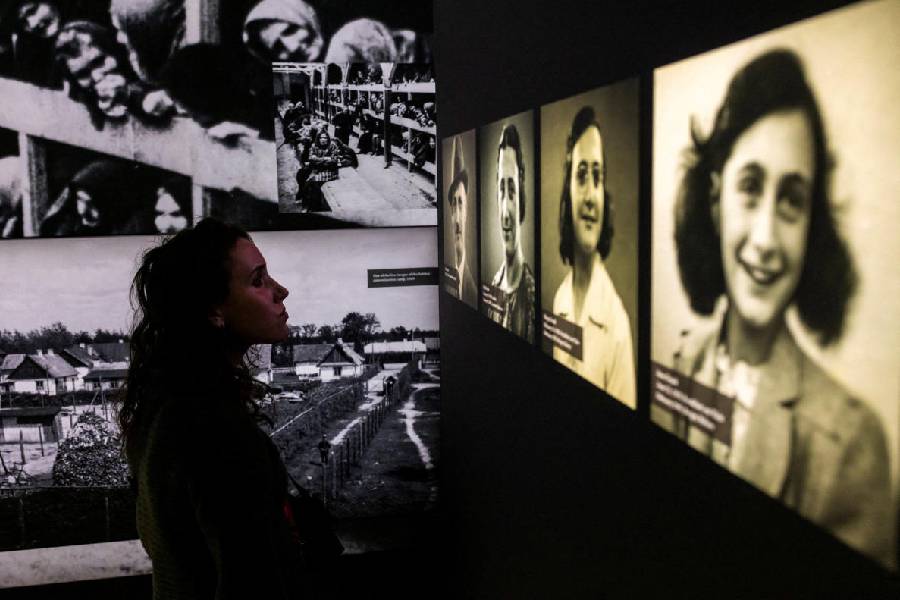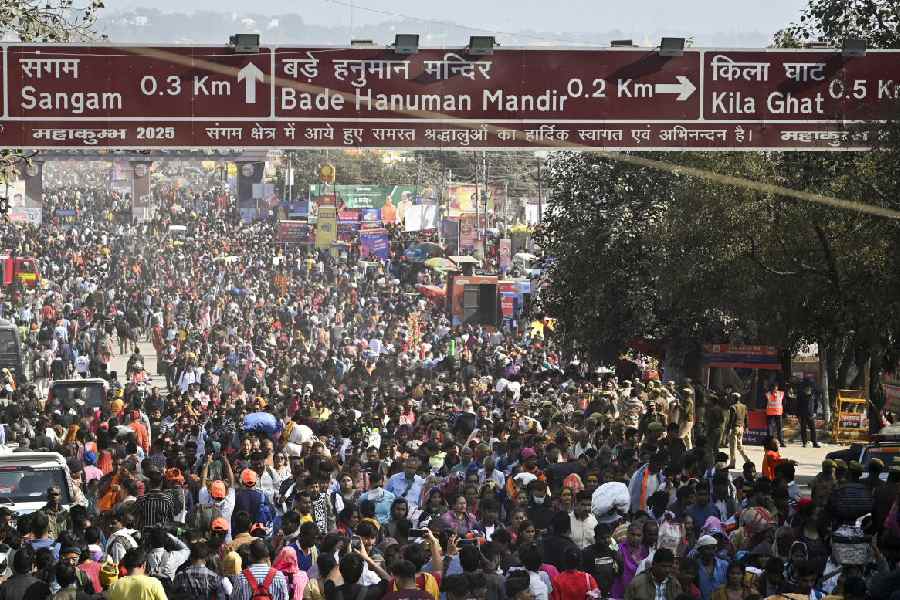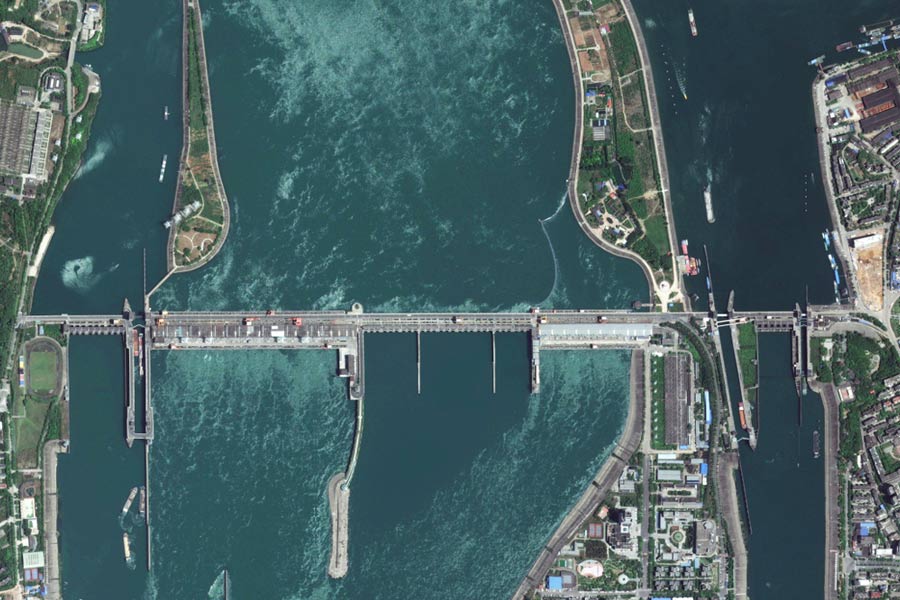Scores of little fires have been burning in many Indian mosques across the country for centuries. These are not actual religious fires, the kinds that are meant to be all-cleansing, but rather figurative communal ones, the kinds that slowly burn the place down. In the last few years, they have been stoked by a slew of suits in various courts asking for surveys to determine whether these mosques were built on the sites of desecrated Hindu temples. Eleven such suits are pending, but the historian, Richard M. Eaton, estimates that there are at least 80 instances of mosques in India where evidence of prior temple desecration is fairly certain. Like the Babri Masjid, the continued existence of each of these mosques is threatened.
In this context, the Supreme Court order that no fresh suit will be registered and no new survey of contested mosques will be allowed for the time being is commonsensical. For long there has been a fear, whether in Mathura, Varanasi or Sambhal, that the conflagration over a contested mosque will escalate into a full-blown communal conflict. Destroying temples was a well-recognised strategy of emerging Islamic rulers asserting their sovereignty, having deposed their Hindu predecessors. This tit-for-tat action today, coming as it does anywhere between 300 and 1,000 years after the original act of desecration, is past its sell-by date even by standards of revenge politics. None of the temple destroyers, most of whom were invading Turks, is on the scene and sovereignty now emanates out of a secular Constitution. The court has done well to douse these flames of communal one-upmanship.
But we have been down this judicial path before with little reprieve. This was surprising because a categorical provision in the Places of Worship (Special Provisions) Act passed by Parliament in 1991 stated that changing the character of a place of worship (say, converting a mosque to a temple) is legally barred and a punishable offence. In the Ram Janmabhoomi-Babri Masjid dispute, the Supreme Court extolled the Places of Worship (Special Provisions) Act as “intrinsically related to the obligations of a secular state”. Apart from the Babri Masjid, which was exempted from its application, according to the Act, no Hindu can claim that a mosque built over a temple anywhere else in the country should now revert to being a temple. The religious character of a place is frozen as on August 15, 1947 — in other words, whatever the structure was on that day, no matter how it got there, is how it would remain. No future conversion or re-conversion to an older structure would be permitted.
But despite this clear declaration, the same Supreme Court found a way to temporarily allow the survey of the Gyanvapi Mosque in Varanasi to determine whether the mosque stood on a part of the Kashi Viswanath temple. The court said that there was no legal bar to determining what the religious character of a place was on August 15, 1947. This was sophistry — no survey today can determine the religious character of a place on a particular date in history. That would be a matter of historical record and evidence. Even if a survey did show that the mosque was built on the site of a temple, no re-conversion would be permitted according to the law. The exercise would be a legally futile but socially destructive one, fanning more flames in the process.
This entire episode could have been avoided if, as the chief justice of India, Sanjiv Khanna, has now done, the challenge to the legal validity of the Places of Worship (Special Provisions) Act itself was heard and decided rather than specific cases of surveys from here and there. The legal argument — an individual’s freedom of religion is being restricted in an arbitrary manner by freezing the religious character of a place in time and preventing further litigation on it — is flimsy. A citizen can certainly claim that his/her freedom of religion includes the freedom of worship of a deity of his/her choice (I have a right to worship Lord Shiva), but not that it extends to worshipping the deity at a place of his/her choice (I have no right to worship Shiva by building a Shiva temple in a public park next to my house).
That some of the so-called Hindu parties have made this argument is ironic because parties of the same ilk were opposing the extension of the freedom of religion for menstruating women to worship in the Sabarimala temple. Just like women devotees in Sabarimala cannot claim a right to physically go there whenever they please without taking into account the norms of the temple, as the upholders of faith asserted there, likewise, Shaivites cannot claim a right to worship Shiva at the exact site where the Gyanvapi Mosque is located. To make this claim appears particularly absurd when the actual Kashi Vishwanath temple is only a stone’s throw away and all Hindus are at liberty to pray there. As a legal claim, the matter falls apart very quickly. It is, after all, not a real question about freedom of worship; it is a political question all the way down.
That political question was sought to be answered by the Places of Worship (Special Provisions) Act, 1991. During the parliamentary debate on it, Ram Vilas Paswan made an astute observation: “When Babar invaded India, which Hindu king was ruling the country? It was Ibrahim Lodhi who was ruling the country at that time. Who came to India before Babar? The Aryans… If we go deep into the history of all this, we won’t be able to safeguard the unity and integrity of this country. Therefore this chapter has to be closed somewhere.”
The Act closed the chapter on the character of religious places by categorically stating that all of them would retain the character they had the day India turned independent. This was not whitewashing historical wrongs. Rather, it was drawing a line under them so that independent India could chart its collective future as a coherent whole rather than a sum of its parts.
Today, a distinct urge — to not draw a line under these historical wrongs and instead seek to rectify them — has emerged. It seeks the cover of courts to make the matter appear technical. Excavation, not demolition; inspection, not prelude to re-desecration. The court would do well to not let itself become a forum for politics masquerading as legal argument.
Equally, if indeed there is a groundswell of public sentiment that supports the rebuilding of desecrated temples at the sites where mosques stand today, it would be open to the government to repeal the Places of Worship (Special Provisions) Act itself. That would be the modern equivalent of the order issued by Aurangzeb in April 1669 extracted in the Ma’athir-i ‘Alamgiri, that places of worship of the “irreligious” would be subject to demolition. It would allow governments and communities to legally conduct surveys, change the character of mosques, and rebuild demolished temples.
But if India is to become viksit by 2047, will it get there by channeling its inner Aurangzeb and stoking large-scale communal disharmony that still rankles four centuries later? The path to viksit Bharat requires everyone to collectively look ahead. Looking back endlessly will only lead to a vichalit Bharat.
Arghya Sengupta is Research Director, Vidhi Centre for Legal Policy. Views are personal

